Popular games published by company JAST
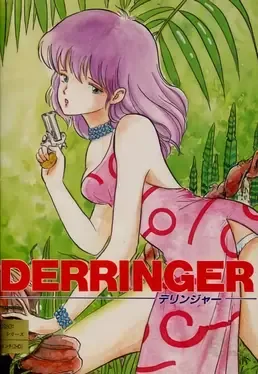
You're a private detective and you get a letter saying that 13-year old model Miki is restrained.
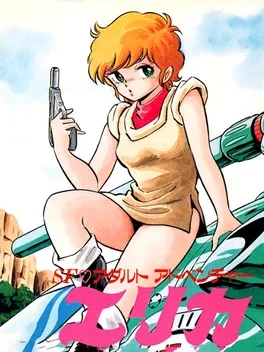
Near future. The unknown black shadow enemy is planning to conquer the Earth. Erika is a special agent on a mission to investigate enemy's new weapon Spectron. Protagonist is an information agent that gets into contact with Erika to receive information from her. Together they must infiltrate enemy base and destroy the secret weapon.
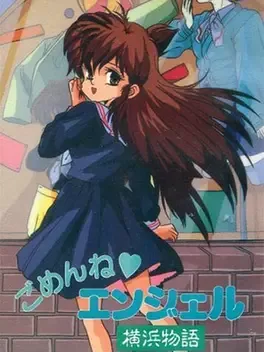
One day the hero picks up a notebook and it turns out to be a possession of a girl student of St. Francis girls academy where his fiance is teaching. All three of them meet in a cafe, but girl looks very anxious. Her sister disappeared. And we'll help to find her.
Main hero is high school student but he also steals money and assets from villains to return it to the proper owners. One day he received a request by mail to get "Blue Diamond" out of debt situation.

Enjoy the memories with a beautiful maid in your dreams and heal your fatigue in reality.
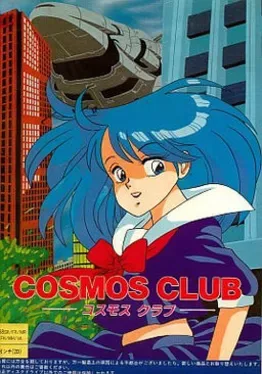
Main character is a freshman student who gets to enter a student dormitory "Cosmos club" full of girls. He is secretly in love with one of the girls and seeks her attention.
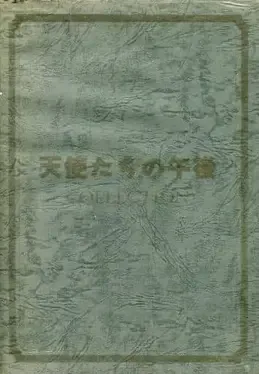
"Tenshi-tachi no Gogo Collection" contains three games, which are remakes of the first three entries in the Tenshi-tachi no Gogo series. The remade versions were not released separately. All the three games have updated graphics (some scenes were completely re-drawn), as well as interface changes. There is no text input and all the three remakes have a similar verb-based menu interface. The menus have been simplified, with less choices than in the original versions, removing most of the "useless" command combinations.
Main character is a lover and a producer of a selling singer. An incident occurred in which the acquaintance was shot dead during the singer live performance ruining the event. Hero decides to start his own investigation.
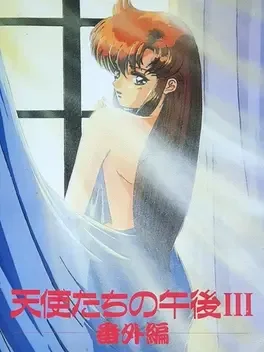
The second Bangai-hen (a side story) in the Tenshitachi no Gogo series is set in the same environment and features recurrent characters from Tenshitachi no Gogo 3: Ribbon. The protagonist is a high-school student, who also happens to be the brother of Haru Okamoto, the main love interest in Ribbon. Like in most other games in this series, the story revolves around the main character's effort to have sex with every female character, including school mates and colleagues in part-time jobs. The gameplay is identical to the one in Ribbon or in the previous Bangai-hen: the player proceeds through still screens, typically depleting the available menu commands (verbs and object sub-menus) until a new command appears or an event is triggered. Like in most other games in the series, there are multiple dead ends and possible actions that lead to premature end of the game.
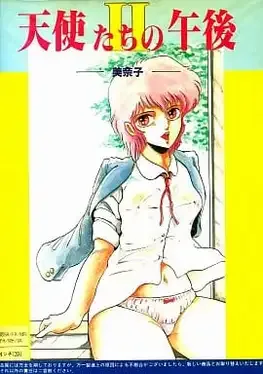
The sequel to "Tenshi-tachi no Gogo"; instead of playing as the obnoxious male protagonist of the previous game, the player takes control of Minako, a female Japanese high-school student with a strong interest towards sexuality. The story mainly depicts Minako's sexual encounters with men and women, which take place on school grounds, in various locations of the city, etc.
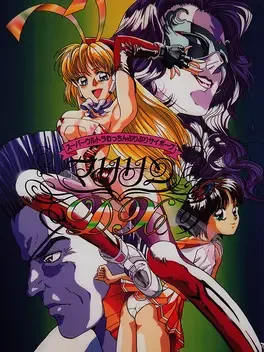
Kenji was just a regular teenage boy who had a normal life, which included a girlfriend. However, everything changes when one day he comes home and discovers that his insane father has created a female cyborg. His previous attempts failed because he used an artificial brain; this time, to avoid this mistake, he takes out his son's brain and puts it into the cyborg. Poor Kenji gains a second life - as a beautiful artificial woman, whose task is to oppose a dubious world government organization. Super Ultra Machine Cyborg Marilyn DX is an adventure game with very light RPG elements. The interaction is point-and-click; the cursor changes to icons corresponding to examining, talking, and exiting commands when placed upon an object on-screen (during sex scenes, the cursor may change to icons representing sexual actions). The player will also have to explore maze-like pseudo-3D dungeons, encountering enemies at pre-set points, and fighting them in simple one-on-one turn-based battles. The player character can use various moves, some of which deplete special energy bars, which can be replenished with items found in the dungeons. Enemies are mostly female and undress upon defeat. There are no equipment, money, or experience system of any kind.
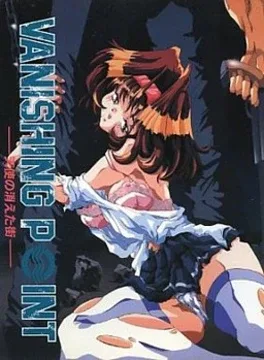
Kusanagi is a high school student. Recently, girls started to disappear from the area he lives. A friend of his sister requests to search for one such person.
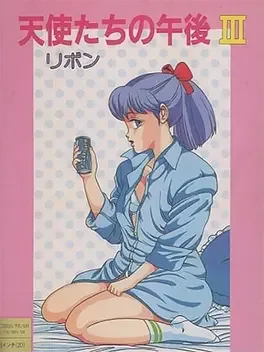
The third game in the Tenshitachi no Gogo series is not connected to its predecessors story-wise. In this installment, the player assumes the role of a male teacher in a high school. Many pretty female students (and pretty female teachers) surround the hero, but he only has one girl in mind: Haru Okamoto, whom he calls "his angel". In order to win her love, the hero will have to know her better - which also means knowing the secrets of students and teachers alike... Tenshitachi no Gogo 3: Ribbon is a Japanese-style (puzzle-less) adventure game. The player interacts with the environment by choosing verb commands ("Look", "Ask", "Search", etc.), which lead to sub-menus with object choices. The game mostly advances in a linear way, but at certain points the story can end prematurely, depending on the player's choice.
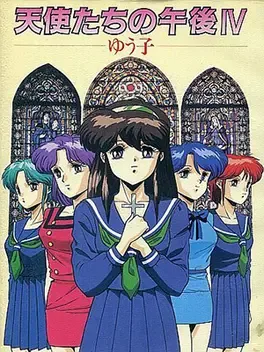
The Catholic high school for girls, St. Sophia, has a reputation of a very traditional establishment with strict rules. However, there are also rumors that after midnight, something mysterious happens to the school, and everything inside it changes... When the protagonist, a substitute teacher, arrives at St. Sophia for a three months teaching job, he quickly discovers that the behavior of the school inhabitants is anything but compatible with the Christian morals... Tenshitachi no Gogo 4, like most other games in the series, is a fresh start story-wise; from gameplay point of view, it plays just like its predecessors: it is a traditional Japanese adventure, without puzzles and with menu-based interactions, with verb commands and sub-menus of objects. Usually the game allows the player to advance only upon depletion of all the possible commands. There are, however, right and wrong decisions, including story branches that will end in a Game Over.